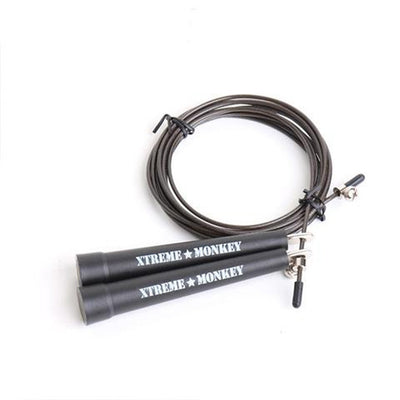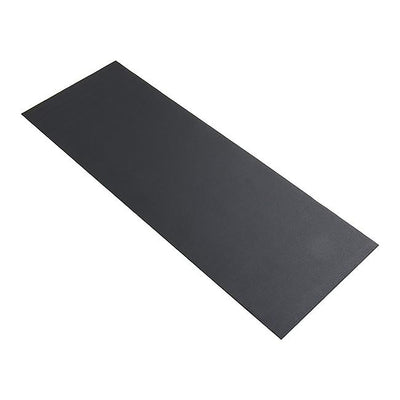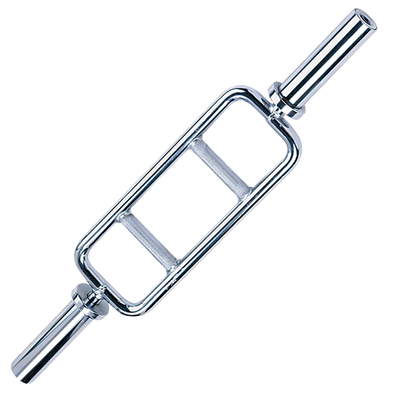Fun fact: America has been pursuing diet fads since the mid-19th century—when Presbyterian minister Sylvester Graham began pushing culinary abstinence as part of a moral lifestyle (and invented the graham cracker in the process). Since then, it seems people have been following one weight loss strategy after another.
Some work, some don’t.
No matter what healthy diet choices you make, be sure to include an exercise plan. Read to the end of this article for tips on getting started, setting realistic goals and finding the right fitness equipment.
Today, one of the most popular diets is the ketogenic (keto) diet. One of the few diets backed by science, keto is a popular option for dieters who don’t like to mess around with chance.
But what is a keto diet?
Who is keto for, and how can you make it work for your lifestyle?
Keto Explained
The keto diet was born in the 1920s as a treatment for epilepsy. Its inventor, Russel Wilder, designed the diet to control sugars in the blood. Instead of burning carbs, the keto diet forces your body to burn fat.
Keto Diet Basics: How It Works
Most of the time, our bodies get energy by consuming carbohydrates. Our body systems break down carbs into glucose, which our circulatory system uses to power cells and tissues.
The keto diet restricts your intake of carbs, forcing your body to find alternate sources of fuel. First, your body tries to produce glucose from liver compounds. When that’s not enough, the body begins to break down fat stores to create fatty acids, which then metabolize into ketone bodies.
Ketone bodies, specifically acetone and beta-hydroxybutyrate, power your body for as long as you’re on the keto diet. They can cross the blood-brain barrier and power the heart, kidneys, and muscle tissue easily—great news for physically active dieters.
Is the Keto diet effective?
Although originally developed as a way to manage epilepsy, the keto diet has evolved into a high-potential strategy for short-term weight loss. One recent study, published in the journal Military Medicine in 2019, investigated the effects of keto on service members.
The researchers found that the keto diet led to “remarkable weight loss and improvements in body composition,” including decreased body fat percentage, without affecting the subjects’ physical performance.
How to Go Keto!
On the keto diet, you eat a lot of lean fats, a moderate amount of protein, and very little carbs. You’d eat only about 20g to 50g of carbs a day as part of a standard 2,000-calorie per day diet—compared to the recommended 300g for a typical non-keto diet.
Keto is very different from most people’s daily diets. Theoretically, you can jump right in, but you’ll have a better chance of success if you do your homework first.
Step 1: Study up
Some non-keto foods to avoid are obvious—bread, pasta, and cereal are big no-no’s—but did you know that one banana has roughly 27 grams of carbs? That’s not all. Here are some more unexpected carb giants to be aware of:
- Honey: 17 grams
- Yams: 24 grams
- Lentils: 40 grams
- Black beans: 41 grams
- Chickpeas: 45 grams
Remember, on keto, you’re eating no more than 50 grams of carbs a day—usually less. One serving of chickpeas might be more than your entire daily allotment!
Step 2: Make friends with fat
A typical keto diet is made up of 55 percent to 60 percent fat and just 30 percent to 35 percent protein. Many keto beginners have to get used to this amount of fat in their diets, especially since dieters are used to fat being the bad guy. With keto, it isn’t.
Before you go full-on keto, start increasing the concentration of healthy fats in your diet.
- Make a burger with grass-fed beef cooked in olive oil and lettuce leaves for buns.
- Hard-boil some eggs as grab-and-go snacks
- Put avocado and cheese on a turkey burger
While you’re at it, try “bulletproof coffee”—it’s black coffee with coconut oil and butter, and it’s a keto mainstay because it keeps you full and reduces cravings. Don’t knock it till you’ve tried it.
Step 3: Gather meal and snack ideas
With keto, it’s not just about what you don’t eat (carbs). It’s also about what you do eat (plenty of good fats and some protein). Before you commit, think about what your daily meals will look like.
Few processed foods are sufficiently low-carb for keto, so you’ll need to do a lot of cooking with fresh ingredients, such as:
- Wild-caught seafood
- Organic and grass-fed meats
- Eggs
- Leafy and cruciferous vegetables
- Berries and other low-carb fruits
There are plenty of keto-friendly meal ideas online, so go exploring.
Step 4: Connect with a nutritionist
As with any restricted diet, keto can be challenging to follow. A nutritionist can help you do it right. That means:
- Eating enough “good” fats and avoiding the bad ones
- Restricting your carb intake to the healthiest options
- Getting all of your necessary micronutrients, electrolytes in particular, so you keep feeling your best
With a nutritionist’s support, you can stay on the keto diet for up to six months. Stick with your nutritionist’s recommendations, however, and only continue with keto as long as they think you’re staying healthy.
Step 5: Make a post-keto plan
The ketogenic diet is meant to be a short-term plan for rapid weight loss. As a result, one of the risks is the “yo-yo effect”—returning to your old habits after you go off keto. To prevent this and stay healthy, you need a post-keto diet plan.
First, reintroduce carbs slowly to avoid digestive upset. Starting with one meal per day, add a high-fiber plant-based carb such as beans, legumes, and non-starch-based vegetables (leave the potatoes, add the broccoli). Treat this as an opportunity to find your favorite healthy-carb recipes.
Your belly will need some time to get used to fiber and carbohydrates again, so wait a few weeks before you increase your carb intake. Meanwhile, experiment with recipes that include moderate amounts of healthy carbs. You'll have the best chance at long-term success if you like what you're eating.
Are you excited about trying keto?
Have a favorite keto recipe you'd like to share? Post it in the comments below and enjoy the support of other keto enthusiasts.















5 comments
Thanks for sharing this Keto Plan with us, this is really great. I should try this.
Great article! One thing that wasn’t mentioned is to drink plenty of water. A reduced consumption of water has a devastating effect on metabolism. The more obese a person is the less amount of water can be detected in their body. In other words, being overweight means having a lot of fat and very little water in your body. When we drink the recommended amount of water we are mainly adding oxygen to our bodies. Oxygen is the element that allows the combustion of fat and is what drives metabolism. You can find a free copy of Keto recipes at https://bestfutureme.com/customketo and also a made for you Keto meal plan based on the foods that YOU like.